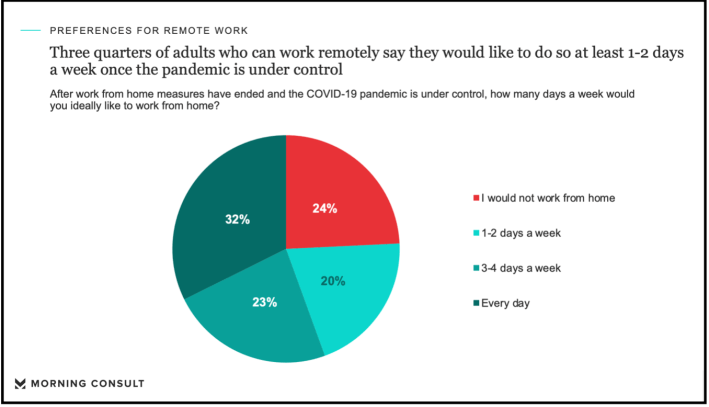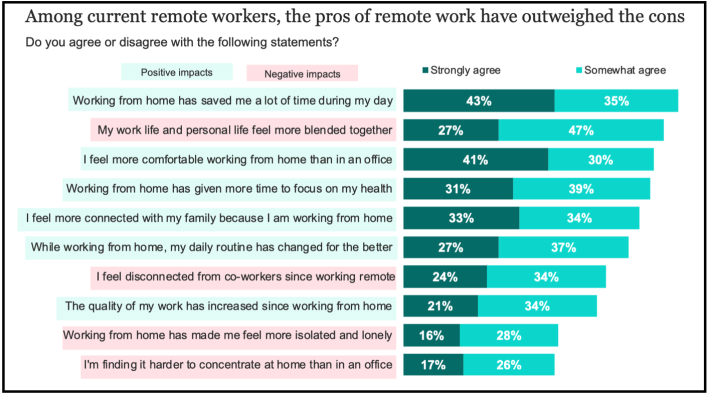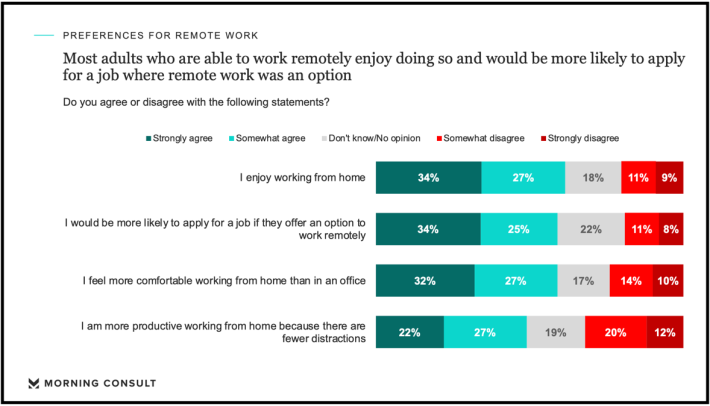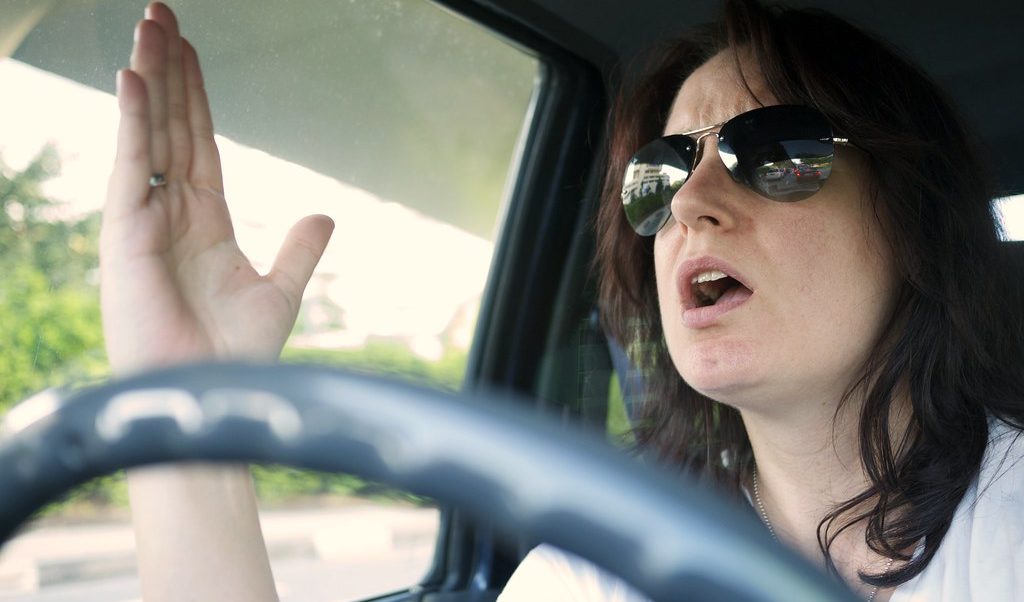COVID-19 all but killed the American car commute — and a new survey reveals that most U.S. workers don't want to revive their morning crawls through endless gridlock if the pandemic recedes.
A stunning 75 percent of American workers said they would ideally work from home at least one day a week after shutdown measures have ended and the pandemic is under control, the study found. And 32 percent of Americans said they'd prefer to ditch their commutes altogether and work from home every day.
Put another way: if that 32 percent of workers got its wish and went fully remote, it could remove as many as 48.1 million cars from American roadways every single workday (assuming all of those workers previously drove to work alone, and all of them secured one of the 37 percent of positions that can be done entirely from home). And that's before you factor in workers who won the right to work from home for just part of the week.
That sort of vehicular subtraction would be one of the most intentionally transformative events towards ending traffic violence, decreasing the financial burden of car ownership, ending climate change, and ending the spread of disease in human history — second only to the unintentional transformations of COVID-19 quarantines themselves.

The robust appetite for telework is surprising many employers — especially considering until just a few months ago, the vast majority of U.S. workers had no experience with remote work at all.
Of the 151 million American workers surveyed as part of the 2018 American Community Survey, only 4.9 percent worked from home. Meanwhile, 86 percent of Americans drove to work every day — and only 9.1 percent of commuters chose to carpool with others.
But as COVID-19 quarantine orders have forced millions of employees out of office buildings and onto home laptops, some workers have found that forgoing daily traffic jams has added hours to their personal lives. The average American traveled 26.6 minutes to work each way in 2018 — time she ostensibly got back when her home office took the place of her cubicle. That helps explain why 78 percent of respondents said that working from home had saved them "a lot of time" during their day.
And hours behind the wheel weren't the only ones workers reclaimed when they went remote. Fifty-seven percent of respondents did not report that they found it significantly harder to concentrate at home — a finding which supports another recent study of one large California company, which found that its employees were 47 percent more productive since they abandoned the office in March.

COVID-19 has shattered conventional notions of how many jobs truly require a daily in-person visit to a workplace, but there are still limits to the telework revolution. Some positions truly can't translate to Slack and Zoom — or even if they can, stubborn employers may still not allow their workers to make the leap. When the survey was conducted in late June, just 22 percent of respondents were currently working from home, even though 70 percent of the survey group had jobs for which remote work was possible (or they were currently unemployed, but actively pursuing jobs that would allow them to skip daily traffic jams).
But the data suggest that employers and legislators would be wise to pay attention to what their workers want — both to help flatten the curve and to retain good employees long after the pandemic subsides. Most workers (59 percent) said they would be more likely to apply for a job where remote work was an option.

And if employers give the workers what they want, they won't just improve staff morale. They'll be a part of ending not one, but three pandemics: the COVID-19 outbreak, the global climate change catastrophe, and the traffic violence crisis that has plagued our planet since the advent of the car.





